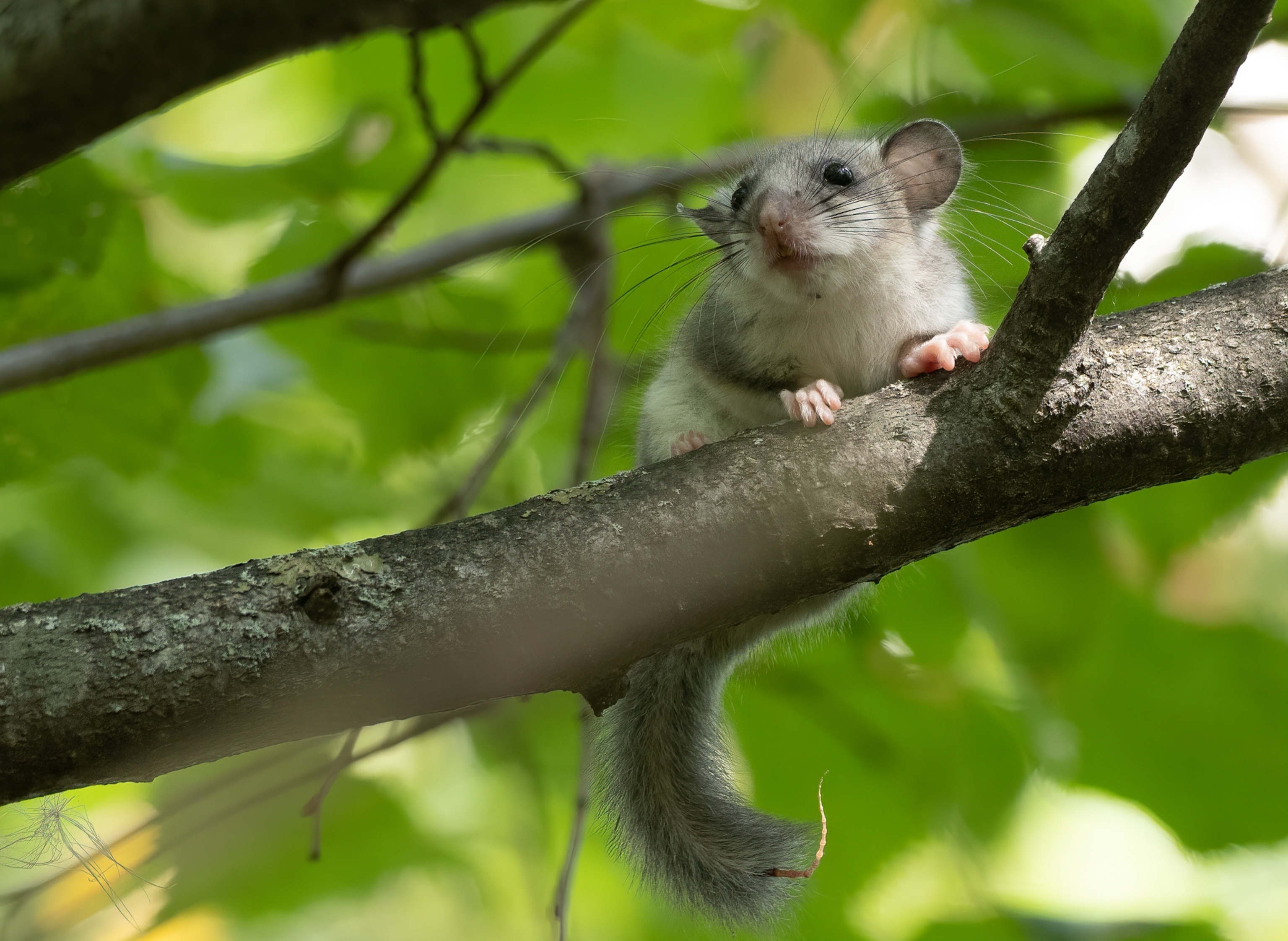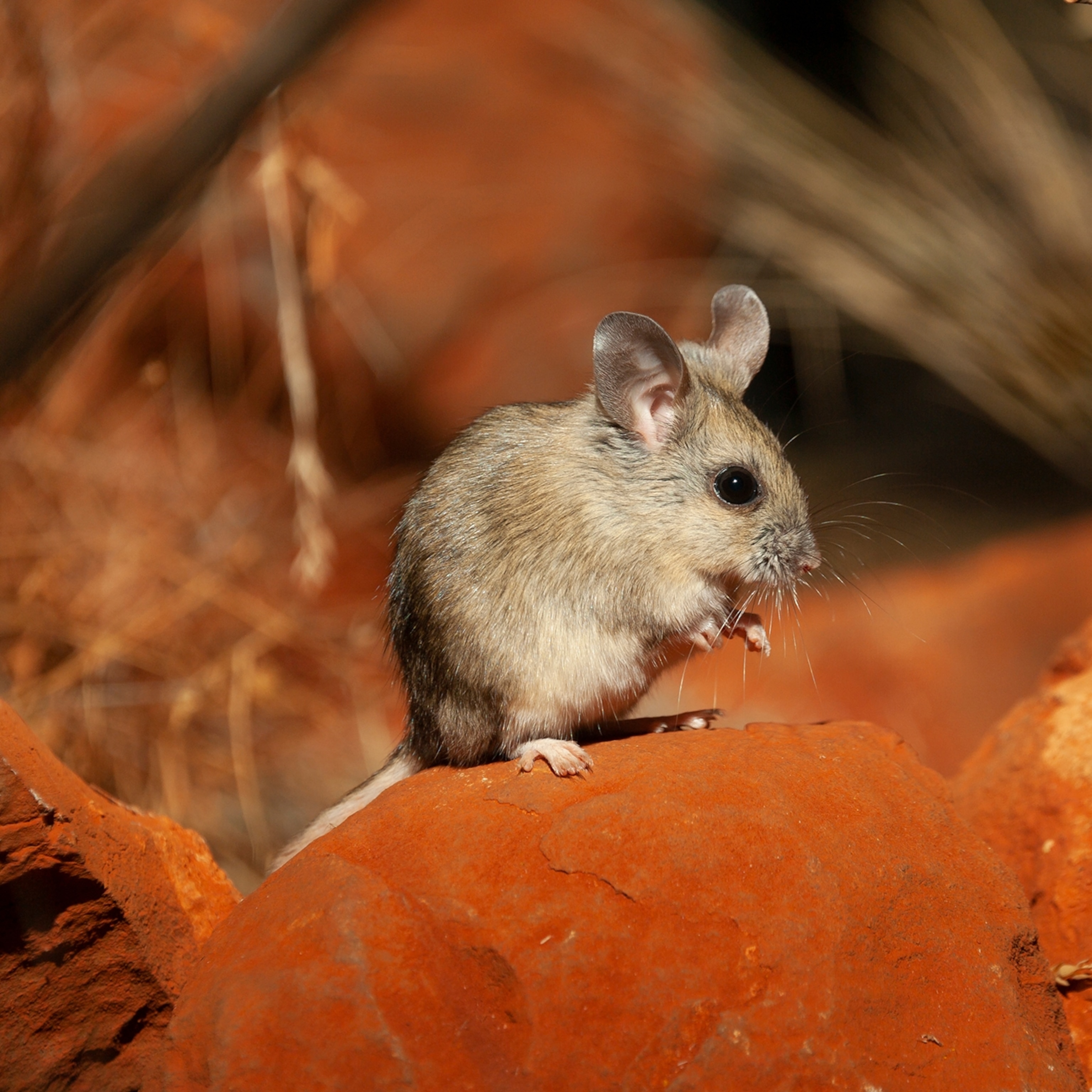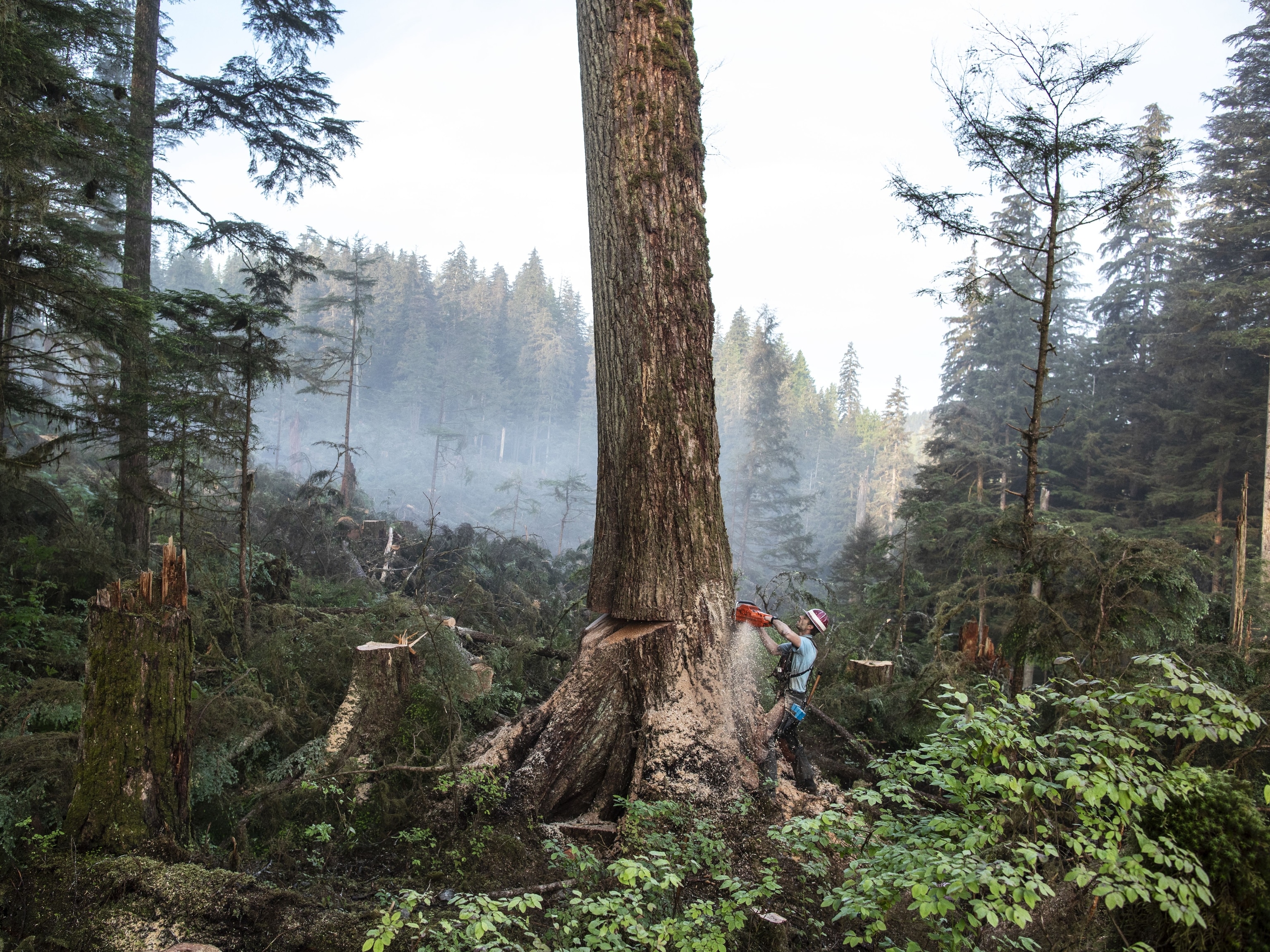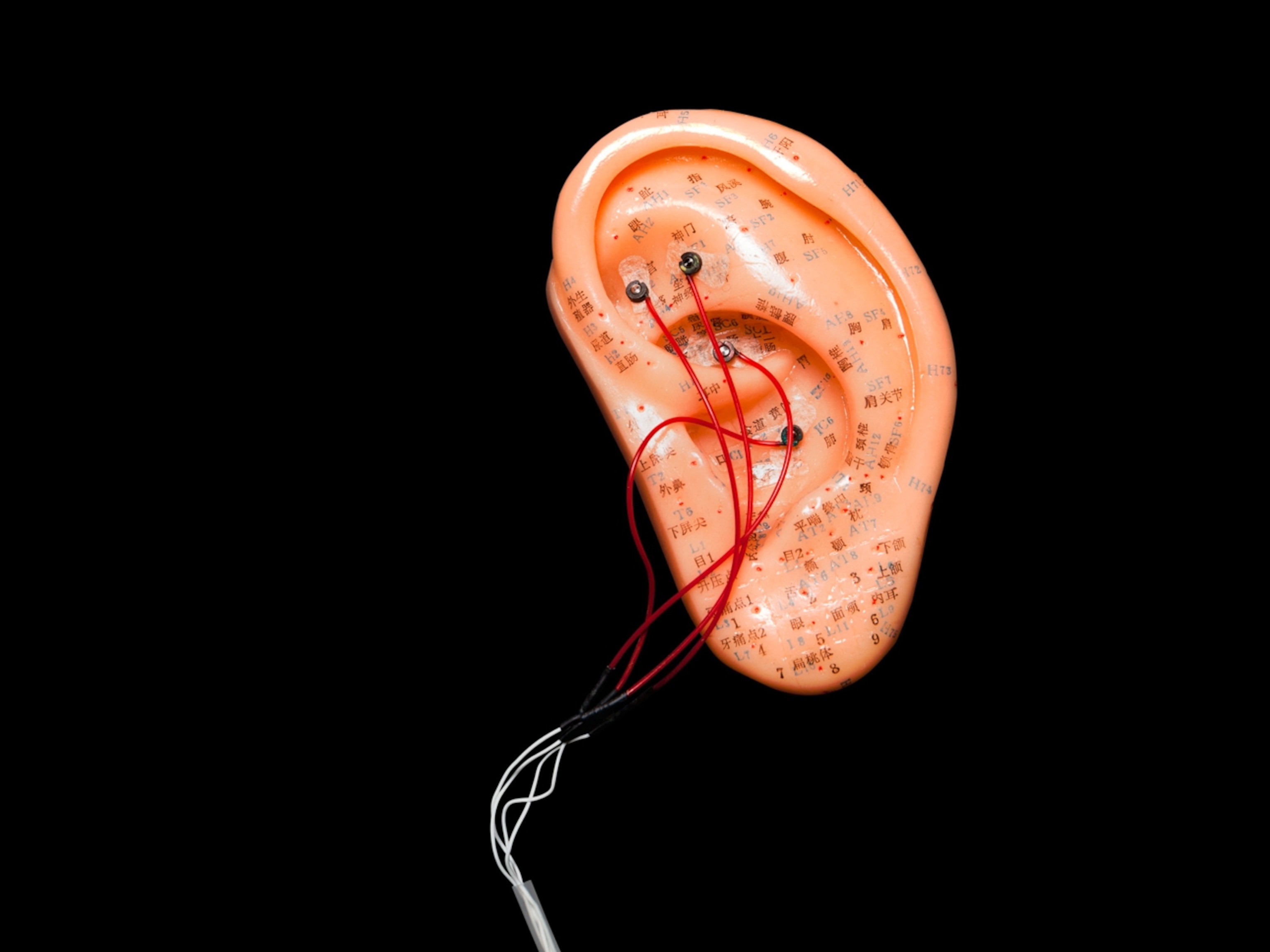In the children’s story Alice in Wonderland, a character known simply as the Dormouse keeps dozing off during the Mad Hatter’s tea party, waking occasionally to utter a nonsensical remark.
As it turns out, this sleepy-headed depiction is dead-on: The 28 species of small, little-known, tree-dwelling rodents known as dormice do snooze most of the day. (These fuzzy-tailed floofs—which range throughout Europe, Asia, and Africa—are even known to snore.)
“It’s a really lazy animal,” says Tadas Bujanauskas, senior ecologist at Lithuania’s Neris Regional Park. The park is home to the edible dormouse, so named because the ancient Romans would cook the chubby rodents right before they went into hibernation and then dip them in honey.
This species, the largest at six inches long, can sleep for more than 11 months of the year; that makes it the longest known hibernator on Earth. “If you love to sleep, you should be born as a dormouse,” Bujamauskas quips.
But there’s a downside to this languorous lifestyle. Dormice prefer to slumber in the hollows of old trees—and centuries of timber harvesting have stripped many of them from countries such as Poland, Belarus, Latvia, and Lithuania.
The edible dormouse is listed as threatened in all those countries. In Lithuania its range has dwindled to only 10 small habitats, almost all of them within protected forests. Setting aside forests and allowing them to mature would be the best way to protect the species, but could take decades or even centuries.
That’s why some conservationists are building nest boxes as a temporary solution to house dormice, which have become symbols of old-growth forests in Europe, Bujanauskas says. Research studies in both Lithuania and the United Kingdom reveal that not only do dormice use the nest boxes, the devices seem to increase their populations.
“We have to keep this connection between dormice and the forest,” he says, “because if we let this go, it’s hard to get back.”
If you build it, they will come
Neris Regional Park’s dormouse nest box and conservation program began in 2005 as part of a sustainable forestry certification with the Forest Stewardship Council, based in Bonn, Germany. So far, park staff has installed 250 nest boxes throughout the park’s dense, old-growth oak forests. (Read how the grand old trees of the world are dying.)
A dormouse nest box resembles a standard birdhouse spun around backward and lashed to a tree trunk. There’s enough space between the trunk and the entrance hole for the rodents to scooch in and out of their artificial lairs, but so little that it’s difficult for predators such as owls to attack.
Best of all, nest boxes bring the otherwise cryptic creatures within reach for scientists.
Edible dormice usually spend around seven months out of the year hibernating in underground burrows. The rest of the year, these expert climbers—more closely related to squirrels than mice—take to the trees, only venturing from their hollows for a few hours each night to eat. This means opportunities to observe the animals are basically nonexistent, says Bujanauskas. (Read about the fascinating ways animals prepare for cold weather.)
But by placing cameras in nest boxes or just peeking inside, researchers can check in on the animals whenever they want. As a result they’ve logged all kinds of ecological data, such as sex, weight, birth rates, litter sizes, and diet of the houses’ inhabitants.

For instance, the Lithuanian nest box data has revealed that edible dormice keep their ecosystems healthy because they are epic seed collectors and spreaders. Mainstay foods include hazelnuts and acorns, and a favorite snack is apple seeds.
In the past, researchers have opened a nest box and found it full of apples with the seeds removed, and the resident dormouse fast asleep. “The restaurant is closed,” Bujanauskas jokes.
In addition to monitoring nest boxes, Bujanauskas and his colleagues seek out and protect individual trees that could provide habitat for dormice and other species in the future. (Read about five times people used trees to change the world.)
A dormouse in every hedgerow
The U.K. has placed more than 26,000 nest boxes over 30 years to boost their hazel dormice population, which has fallen by 51 percent since 2000, according to Ian White, the dormouse and training officer for the nonprofit People’s Trust For Endangered Species.

As the U.K.’s forests were cleared for farmland, the animals adapted by denning in the countries’ vast network of interlocking hedgerows, lines of shrubs or trees that act as a barrier between farmers’ fields or along roadsides.
“People used to keep dormice as pets because they were so abundant,” says White. “Because they’re arboreal, if you had one in your pocket, it wouldn’t jump to the ground. It’d actually run up and sit on your shoulder or your head.”
Since 1981, dormice are protected wildlife in the U.K., so you shouldn’t put them in your pocket. But the anecdote reminds us of the relationship people once had with these creatures—and their connection to nature more broadly.
“Although dormice are cute and they’re a nice animal to work with,” White says, “if we get the habitat right for them, it can actually benefit a broad range of other species.”









